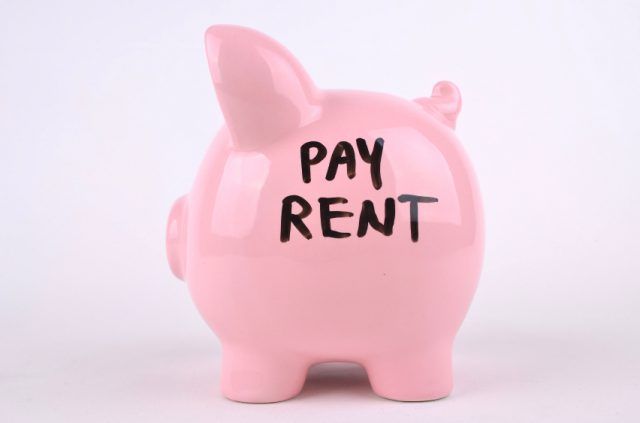James Davis – Portfolio landlord & property expert
After being a landlord for 22 years and becoming increasingly frustrated with the lack of quality tenant-find services for landlords, James started Upad. Upad has mastered the intricacies of online to provide landlords a service they can rely on. In this article, James walks through the new tax changes for landlords and their potential impact.
Fresh taxes on landlords may leave a bitter taste
Keep abreast of new tax initiatives. It is one way that helps me to anticipate market shifts, making sure that I make the right decisions at the right time.

Fresh Taxes on Landlords May Leave Bitter Taste
I mention this because there has been two key changes recently. Firstly, from April this year, Stamp Duty Land Tax (SDLT) will include an additional charge for residential buy-to-let and second home buyers. Secondly, there has been a careless promise by the Government to introduce mortgage interest relief – something that could impact millions of landlords and tenants.
Stamping out won’t prevent buyers
As of this year, there has been a 3% loading on existing SDLT rates for anyone who is buying an additional property for £40,000 or more. That means anyone who is buying a holiday home, buy-to-let or somewhere extra to live, they will be charged more.
For example, any additional property bought for between £125k – £250k will now be charged SLDT at a rate of 5% instead of 2%.
While this cost mounts up, it shouldn’t deter landlords from buying their second or third property. Many will have already benefitted greatly from increased property prices. Also, landlords can deduct from the sale of their property under Capital Gains Tax.
Mortgage interest is no relief for anyone
In a perceived bid to side with the mass tenant population in the UK, the recently sacked Chancellor of the Exchequer, George Osborne, introduced a restriction on the amount of income tax relief on mortgage interest. That is effectively an additional tax on the cost of owning a buy-to-let property, which is not something we’re used to.
Previously, we have all been comfortable with our predetermined tax on the profit of a property. After taking away mortgage interest and other costs from our rental income, we are left with a taxable amount, usually between 20% and 45%.
Now we are being told that you will no longer be able to deduct mortgage interest in full from your taxable profits/allowable loss, leaving you with a higher taxable profit (or smaller allowable loss). You will then need to deduct 20% of your interest rate in addition.
In short, it means that higher and additional rate taxpayers will be subject to increased tax on their rental income or in the case of loss making portfolios a reduced amount of loss available to offset against future rental income. Moreover, for landlords with highly geared and/or loss making portfolios, the restriction on mortgage interest relief could result in the landlords having to source funds to pay the income tax due on the taxable rental income from other sources. There is still some discussion as to whether or not the tax will come into play. Landlord groups will stand in the way and hopefully the new Government will realise the potential consequences of this law.







